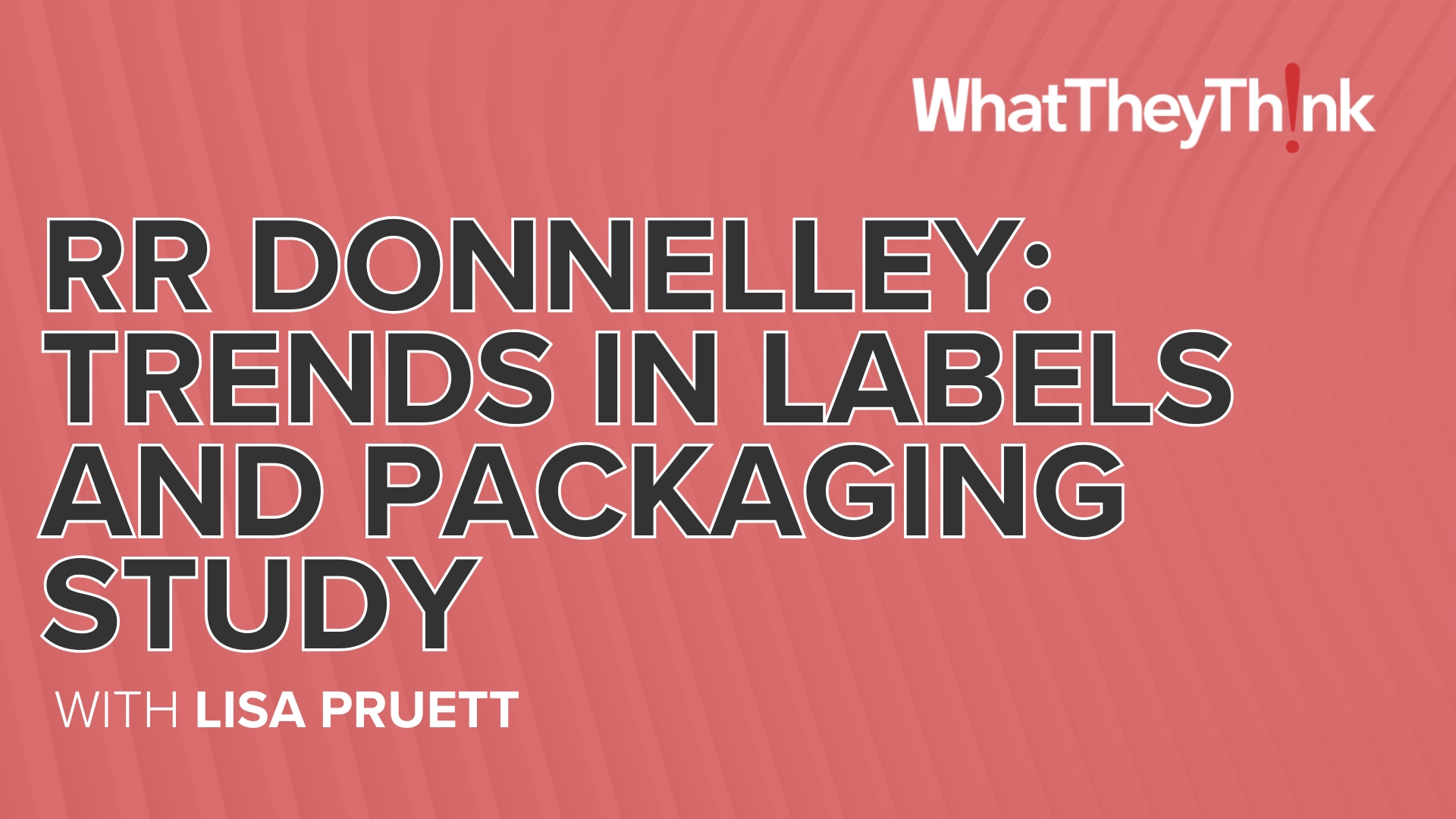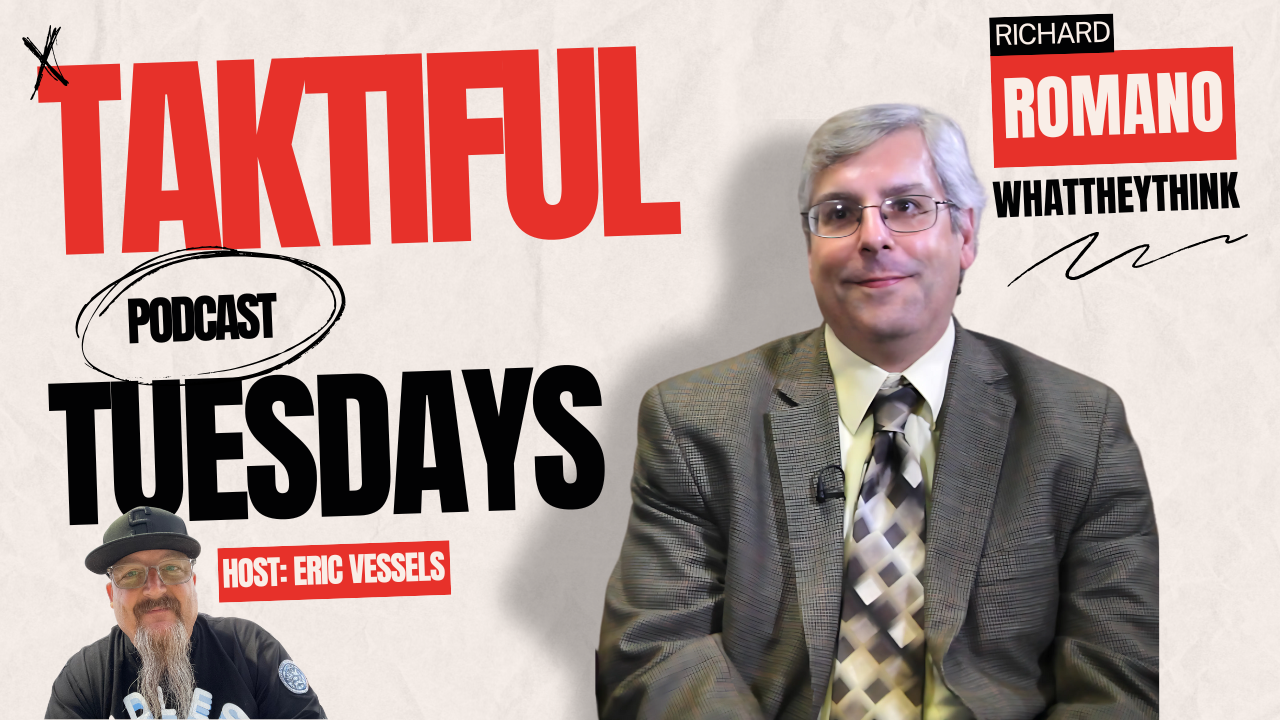By Tom Crouser
When to reopen the country?
Being “just right” in reopening won’t happen.
Are you a risk taker or are you risk-averse? That frames our view of the “open/don’t open” debate as much as politics. However, allow me to suggest that we won’t know when to open until we know. Here’s why.
We all agree we should avoid opening too soon.
That was the “second wave” lesson of 1918’s “Spanish” flu. The first wave wasn’t especially deadly but by August, a deadly second wave appeared that could kill a healthy young person within 24 hours of the first symptom. So, we agree we shouldn’t open too soon. And most of us also agree that if we wait until there’s no risk, irreparable economic harm will have occurred.
Therefore, when is “just right”?
Should we have more testing? Yes, tests help—like having a flashlight in the dark. Will we have them? Not to everyone’s satisfaction, but we can still make our way in the dark without a flashlight.
We also need to realize that testing is a tool, not a cure. Either with or without, the same trial and error must occur, although testing would save lives.
Deciding when to reopen is like choosing the perfect price, a price where my work sells at the highest price possible while leaving no inventory. However, that’s always unknown because this clearing price is the result of negotiation. Here, we are negotiating with a pandemic. So, we gradually open until we spike, then we revert, only to open again, and repeat, until ultimately, we find an equilibrium.
President Trump takes such an approach in the Opening America Up Again guidelines.
First, states should see a downward trend of COVID-19-like illnesses over 14 days. Additionally, they should see a downward trend of documented cases or a decrease in positive test results during the same time. And hospitals should be able to treat patients without crisis care as well as having testing available, including antibody testing. And states should be able to repeat these results between each stage. So, we’re not waiting for eradication, but for containment.
Then, lifting the lockdown is recommended in three phases. Phase one’s broad strokes include continued social distancing, fewer than 10 people gathering, non-essential travel avoided, and vulnerable individuals should stay home. Employers will continue to encourage remote work, common areas will be closed, and, again, non-essential travel avoided. Schools, daycares, and camps will remain closed, and visits to nursing homes and hospitals will still be prohibited. Some large venues, as well as some gyms, could reopen under physical distancing protocols, but bars will remain closed.
During phase two, vulnerable people will remain home, social distancing will continue, gatherings of up to 50 are permitted, and non-essential travel may resume. Additionally, remote work will still be encouraged, common areas will remain closed, and schools, daycares, and camps could reopen. Bars with reduced standing-room occupancy may reopen.
In phase three, vulnerable people may emerge from hibernation, but should practice social distancing and limit exposures in close social settings and crowded environments. Employers may allow all workers to return. Movie theaters and sports venues may open with physical distancing. Bars may increase their standing room occupancy.
And, of course, we should wash our hands, use hand sanitizer, avoid touching our face, cover our coughs, disinfect items and surfaces, use face coverings in public, and if we feel sick, stay home.
Even then, outbreaks will reoccur. We’ll revert to a previous stage, and then we’ll open again until an equilibrium is reached.
When do we start? When the governor of each state says so. Some didn’t realize that governors had that power—elections matter. Reopening will be a tough decision. Hopefully, our governors will have the people’s interest at heart.
So, with fits and starts we will reopen, and once fully open, we can look back and see when we should have opened, but not before.
Let’s hope each of our governors doesn’t take off our parachutes too soon.
Tom Crouser is chairman of CPrint International, contributing columnist for Printing News, and a contributing columnist for the Charleston Gazette-Mail in which this column first appeared. You may reach him at [email protected].














